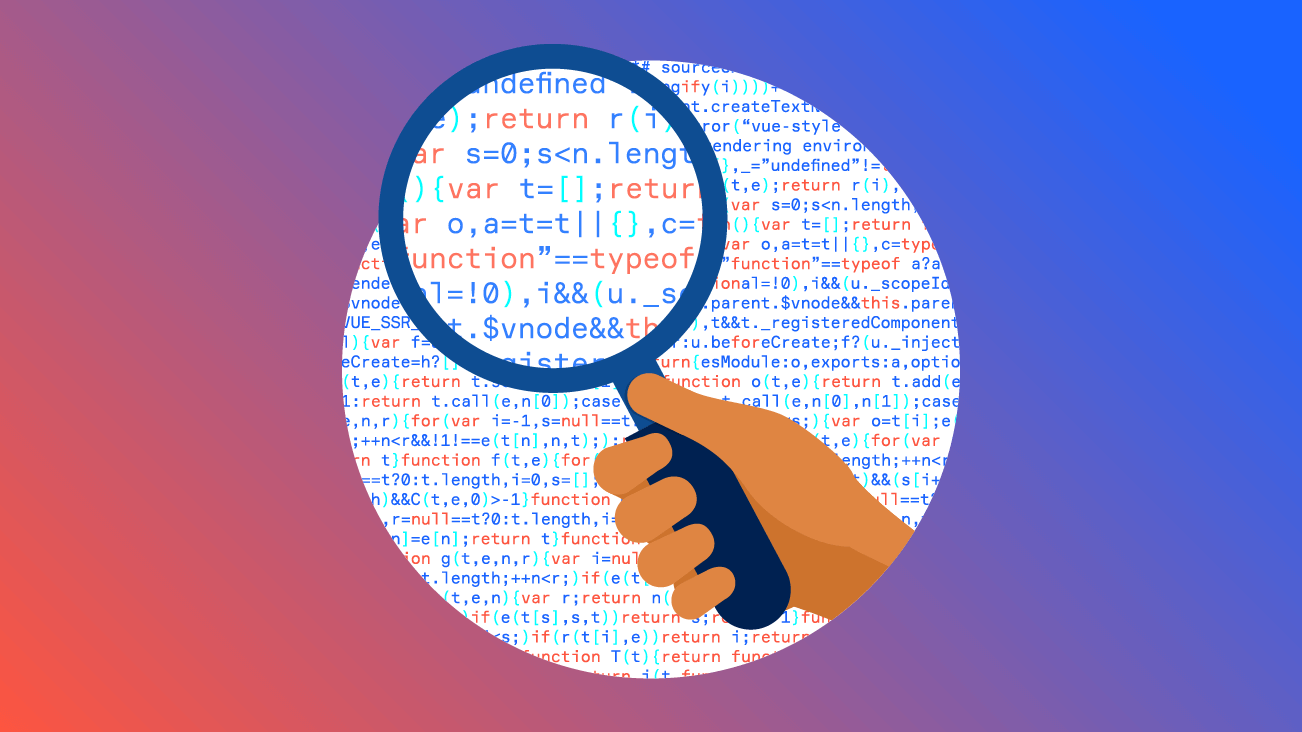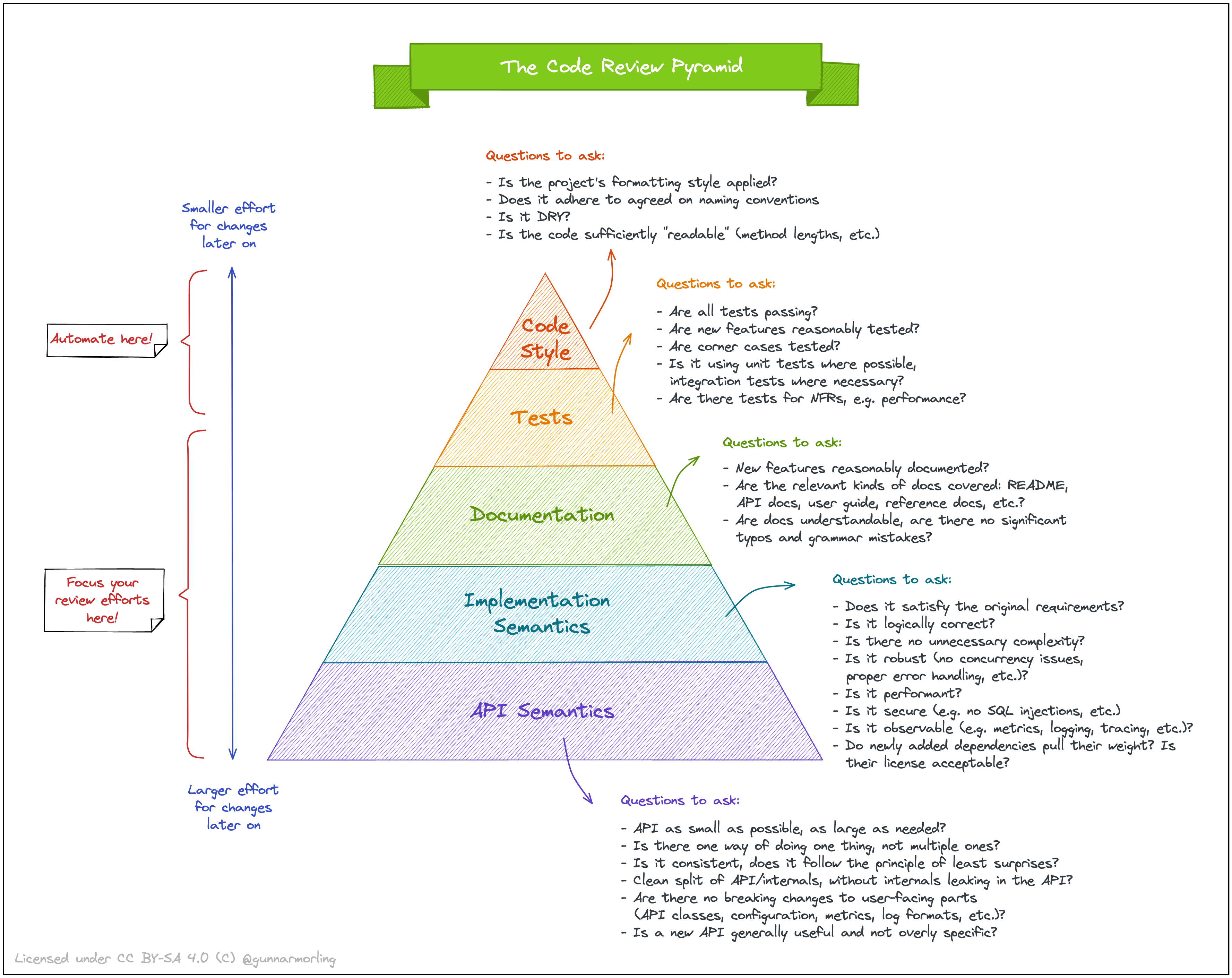How to conduct code reviews?

API Semantics: The Foundation
I always start with the API Semantics, the foundation of our code review plan. Here, it's all about the big picture—making sure the API is minimal yet sufficient, without any unnecessary duplication. We want it to be intuitive and easy to use, sticking to the principle of least surprise. It’s also crucial to check the cleanliness of the API and ensure any new dependencies come with acceptable licenses. By focusing on these aspects first, we can build a solid base for the rest of the code.
Implementation Semantics: Ensuring Correctness and Efficiency
Next, I dive into Implementation Semantics. This is where we make sure the code actually does what it’s supposed to do. It’s important to check that the implementation meets the original requirements and is logically sound. We want to avoid unnecessary complexity, ensuring the code is robust and easy to maintain. Performance and security are key here—looking out for issues like concurrency problems or vulnerabilities. Additionally, having good observability through metrics and logging is crucial for ongoing maintenance and debugging. By nailing down these elements, we can ensure our code is both correct and efficient.
Documentation: Aiding Future Maintenance and Usage
Documentation often gets overlooked, but it’s so important for future maintenance and usage. I make sure that all new features are well-documented and that we have all the necessary types of documentation, like README files, API docs, and user guides. It’s not just about having the docs; they need to be clear and free from significant errors. Good documentation makes it so much easier for others to understand and work with the code, supporting the long-term sustainability of the project.
Tests: Ensuring Reliability
The Tests layer is all about making sure our code is reliable. I always check that all tests pass and that new features and edge cases are thoroughly tested. Using unit tests and integration tests helps validate the functionality and interaction of different code components. Performance tests are also crucial for verifying that critical paths meet necessary benchmarks. Comprehensive testing helps catch potential issues early, ensuring the code is reliable and performs well under various conditions.
Code Style: Maintaining Consistency and Readability
Finally, we have Code Style, which focuses on consistency and readability. This involves making sure the project’s formatting style is applied uniformly and that naming conventions are followed. Adhering to the principle of "Don’t Repeat Yourself" (DRY) helps prevent redundancy and maintain clarity. Readability is also key—making sure the code is well-organized and easy to understand. Consistent and readable code is easier to maintain and helps improve the overall quality of the software.
Focus and Automation: Enhancing Efficiency
An important part of this plan is knowing where to focus our efforts and where to automate. I’ve found that focusing review efforts on the lower levels—API Semantics and Implementation Semantics—where changes have the biggest impact is crucial. These foundational aspects need thorough and detailed review to ensure the integrity of the codebase. Conversely, higher levels like Code Style and Tests are perfect for automation. Automated tools can help streamline these aspects, ensuring consistency and saving time. By leveraging automation, we can enhance efficiency and focus our efforts where they’re most needed.
In conclusion, this code review plan, based on my experience, provides a comprehensive and structured approach to code reviews. By systematically working from the foundation up, we can ensure our code is well-designed, correct, efficient, well-documented, reliable, and consistent. This approach not only supports immediate project needs but also fosters long-term sustainability, ultimately leading to high-quality software development.
Pyramid (original source: Gunnar Morling):



Comments
Post a Comment